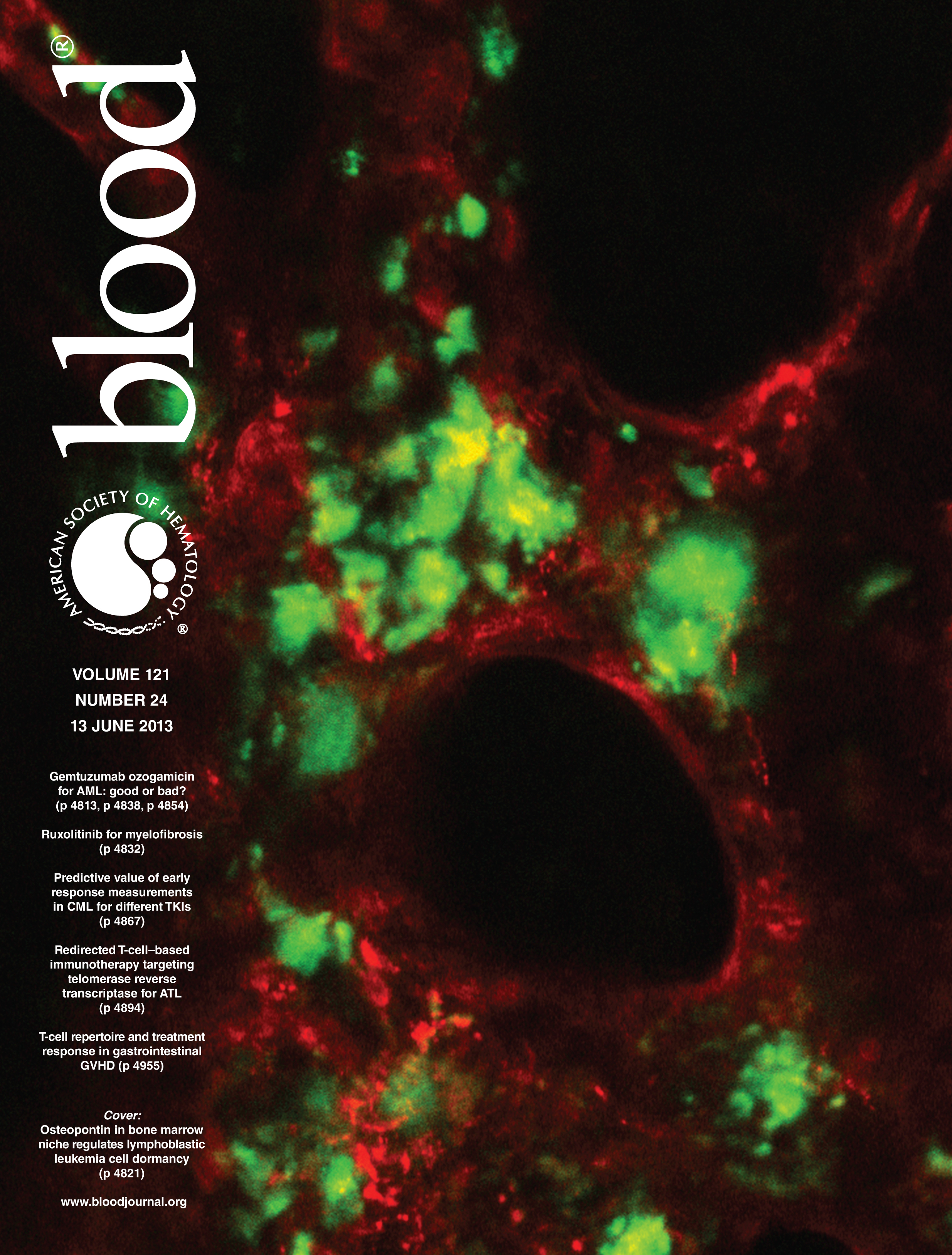Welcome to the Sipkins Lab!
Dr. Sipkins' research focuses on defining the molecular characteristics of tissue microenvironments, or "niches," that foster the survival and regeneration of both normal and cancerous hematopoietic stem cells. Our laboratory also examines the impact of malignant growth on the function of the normal hematopoietic stem cell niche. In combination with classical molecular and cell biology approaches, the lab utilizes state-of-the-art multiphoton and confocal optical imaging techniques to explore these questions in vivo, in real-time.
Latest News

Check out our latest publication in Blood: "Adhesion to osteopontin in the bone marrow niche regulates lymphoblastic leukemia cell dormancy." This manuscript presents the novel finding that adhesive interactions between leukemia cells and extracellular osteopontin (OPN) anchor the malignant cells within pro-dormancy microenvironments, or niches, in the bone marrow (BM). Furthermore, we show that integrating osteopontin inhibition with a cytotoxic chemotherapy regimen significantly decreases residual disease burden in our mouse model of pre-B acute lymphoblastic leukemia (ALL).
Look for our recently published article in Leukemia & Lymphoma: "Stem Cell Factor Expression in B Cell Malignancies is Influenced by the Niche." Here we show using immunohistochemistry that SCF is expressed by a wide variety of indolent and aggressive B cell malignancies involving the bone marrow (BM) or lymph nodes (LNs). In diseases such as follicular lymphoma (FL), however, where lymphoma cells uniquely associate with the BM endosteal niche, BM lymphoma does not express SCF, while LN involvement is SCF positive. In contrast, FL cases with high-grade transformation in the BM are SCF positive. These data suggest that lymphoma cell interaction with the endosteal niche inhibits SCF production, and that FL cells become independent of this microenvironment effect following transformation.
We are happy to report that the lab received a grant from the Gabrielle's Angel Foundation to research how leukemia cell dormancy is regulated by the bone marrow microenvironment.
Our group has previously published exciting work in Science Magazine. This paper describes our findings that leukemia cells create specific niches in the bone marrow where they attract normal stem cells. In these new tumor niches, the normal stem cells became compromised and were unable to leave.
We were awarded the NIH Director's New Innovator's Award! This award is for our work in live-cell imaging and targeted nanoparticles to study stem cell and tumor microenvironments in the bone marrow. The New Innovator Program is part of the NIH Roadmap for Medical Research initiative and is part of a new NIH initiative to invest in the future of science by support of "exceptionally innovative investigators."
UC's article on the New Innovator Award
Our research is made possible by generous funding sources
Illinois Dept. of Public Health/Illinois Regenerative Medicine Institute
NIH/NCI (K08)
NIH/Office of the Director New Innovator
Gabrielle's Angel Foundation for Cancer Research
University of Chicago Cancer Research Center